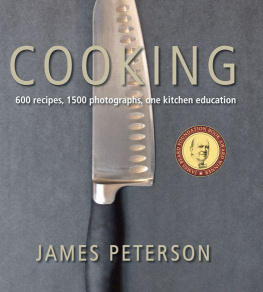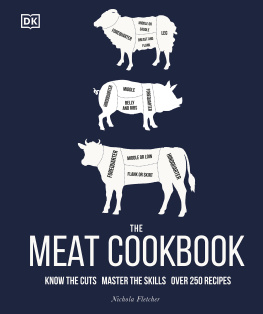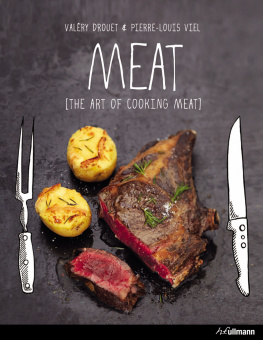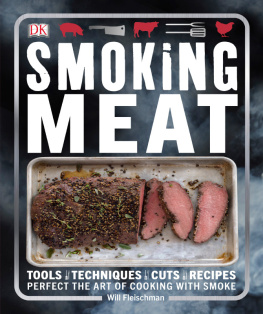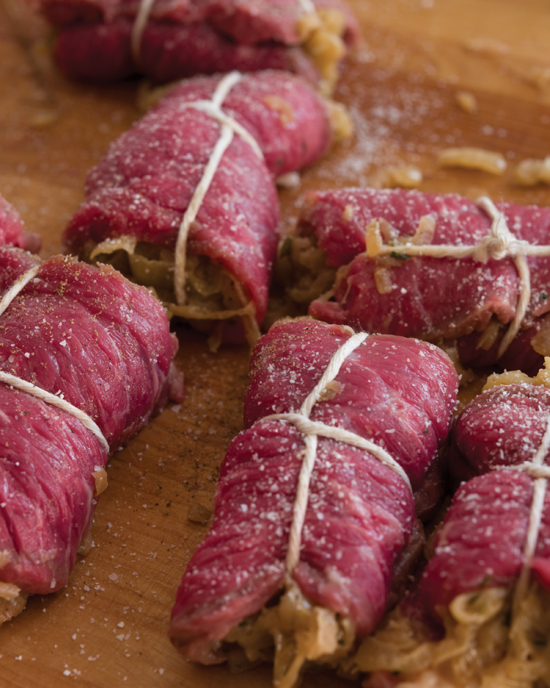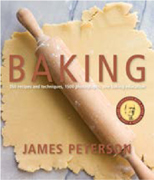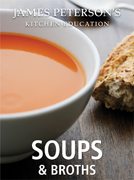James Peterson - Meat: A Kitchen Education
Here you can read online James Peterson - Meat: A Kitchen Education full text of the book (entire story) in english for free. Download pdf and epub, get meaning, cover and reviews about this ebook. year: 2010, publisher: Ten Speed Press, genre: Home and family. Description of the work, (preface) as well as reviews are available. Best literature library LitArk.com created for fans of good reading and offers a wide selection of genres:
Romance novel
Science fiction
Adventure
Detective
Science
History
Home and family
Prose
Art
Politics
Computer
Non-fiction
Religion
Business
Children
Humor
Choose a favorite category and find really read worthwhile books. Enjoy immersion in the world of imagination, feel the emotions of the characters or learn something new for yourself, make an fascinating discovery.

- Book:Meat: A Kitchen Education
- Author:
- Publisher:Ten Speed Press
- Genre:
- Year:2010
- Rating:5 / 5
- Favourites:Add to favourites
- Your mark:
Meat: A Kitchen Education: summary, description and annotation
We offer to read an annotation, description, summary or preface (depends on what the author of the book "Meat: A Kitchen Education" wrote himself). If you haven't found the necessary information about the book — write in the comments, we will try to find it.
Like well-honed knives, his books are indispensable tools for any kitchen enthusiast, from the novice home cook, to the aspiring chef, to the seasoned professional. Meat: A Kitchen Education is Petersons guide for carnivores, with more than 175 recipes and 550 photographs that offer a full range of meat and poultry cuts and preparation techniques, presented with Petersons unassuming yet authoritative style.
Instruction begins with an informative summary of meat cooking methods: sauting, broiling, roasting, braising, poaching, frying, stir-frying, grilling, smoking, and barbecuing. Then, chapter by chapter, Peterson demonstrates classic preparations for every type of meat available from the butcher: chicken, turkey, duck, quail, pheasant, squab, goose, guinea hen, rabbit, hare, venison, pork, beef, veal, lamb, and goat. Along the way, he shares his secrets for perfect pan sauces, gravies, and jus. Peterson completes the book with a selection of homemade sausages, pts, terrines, and broths that are the base of so many dishes. His trademark step-by-step photographs provide incomparable visual guidance for working with the complex structure and musculature of meats and illustrate all the basic prep techniquesfrom trussing a whole chicken to breaking down a whole lamb.
Whether youre planning a quick turkey cutlet dinner, Sunday pot roast supper, casual hamburger cookout, or holiday prime rib feast, youll find it in Meat along with:
Roast Chicken with Ricotta and Sage; Coq au Vin; Duck Confit and Warm Lentil Salad; Long-Braised Rabbit Stew; Baby Back Ribs with Hoisin and Brown Sugar; Sauerbraten; Hanger Steak with Mushrooms and Red Wine; Oxtail Stew with Grapes; Osso Buco with Fennel and Leeks; Veal Kidneys with Juniper Sauce; Lamb Tagine with Raisins, Almonds, and Saffron; Terrine of Foie Gras; and more.
No matter the level of your culinary skills or your degree of kitchen confidence, the recipes and guidance in Meat will help you create scores of satisfying meals to delight your family and friends. This comprehensive volume will inspire you to fire up the stove, oven, or grill and master the art of cooking meat.
Winner 2011 James Beard Cookbook Award Single Subject Category
James Peterson: author's other books
Who wrote Meat: A Kitchen Education? Find out the surname, the name of the author of the book and a list of all author's works by series.

